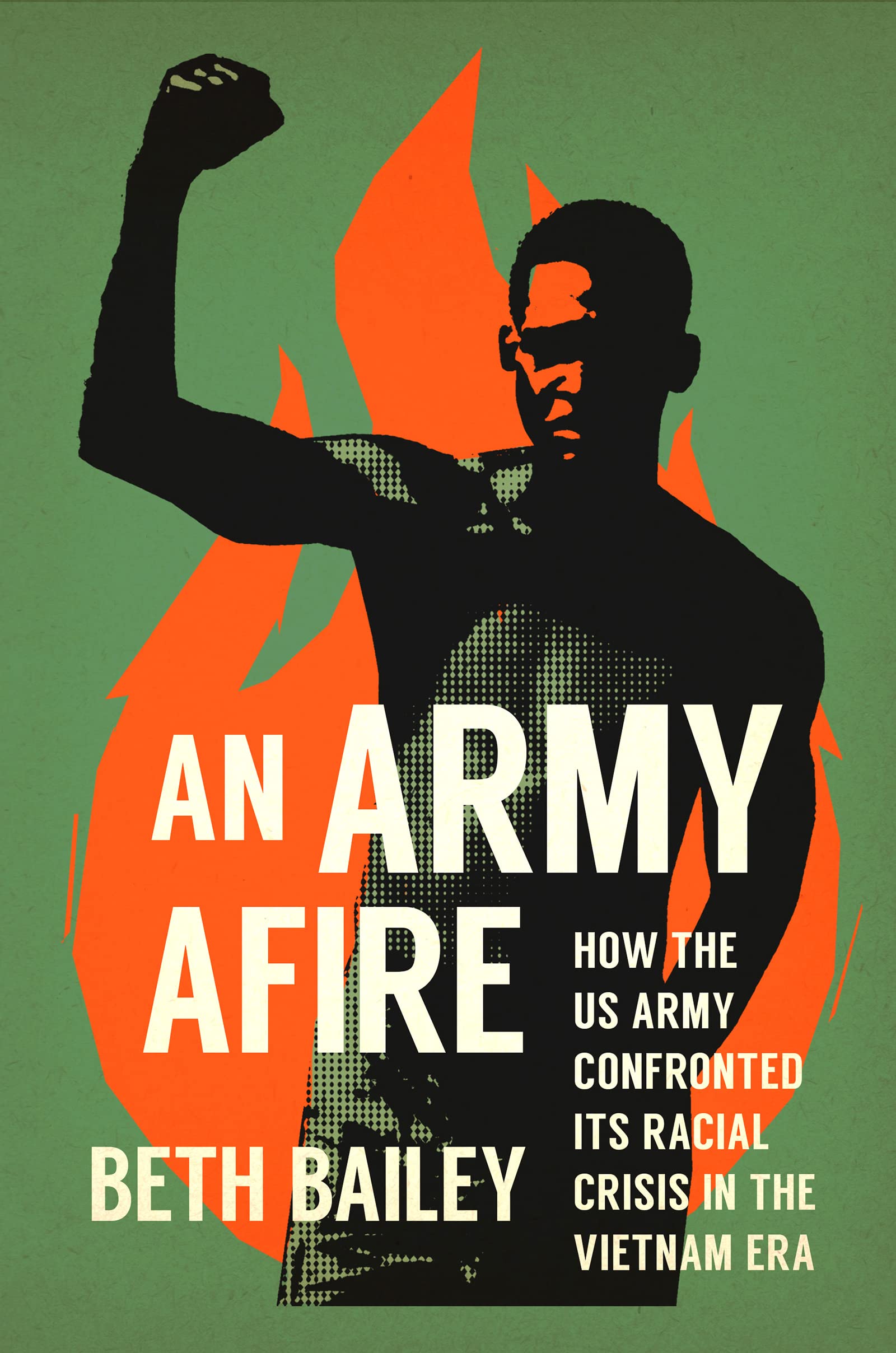By the late 1960s, what had been widely heralded as the best qualified, best-trained army in US history was descending into crisis as the Vietnam War raged without end. Morale was tanking. AWOL rates were rising. And in August 1968, a group of Black soldiers seized control of the infamous Long Binh Jail, burned buildings, and beat a white inmate to death with a shovel. The days of “same mud, same blood” were over, and a new generation of Black GIs had decisively rejected the slights and institutional racism their forefathers had endured. As Black and white soldiers fought in barracks and bars, with violence spilling into surrounding towns within the US and in West Germany, Vietnam, South Korea, and Japan, army leaders grew convinced that the growing racial crisis undermined the army’s ability to defend the nation. Acclaimed military historian Beth Bailey shows how the US Army tried to solve that racial crisis (in army terms, “the problem of race”). Army leaders were surprisingly creative in confronting demands for racial justice, even willing to challenge fundamental army principles of discipline, order, hierarchy, and authority. Bailey traces a frustrating yet fascinating story, as a massive, conservative institution came to terms with demands for change.
An Army Afire: How the US Army Confronted Its Racial Crisis in the Vietnam Era
$12.58
This book offers a historical examination of the US Army’s response to racial tensions and violence during the Vietnam War.
Additional information
| Weight | 0.626 lbs |
|---|---|
| Dimensions | 15.5 × 2.5 × 23.5 in |






Reviews
There are no reviews yet.